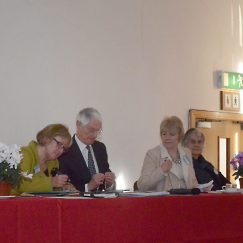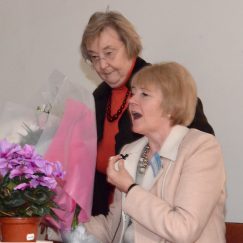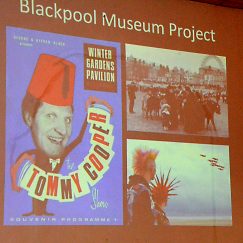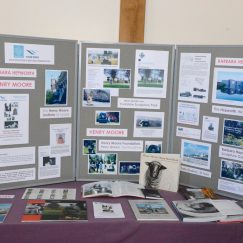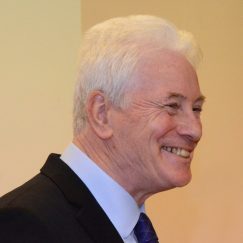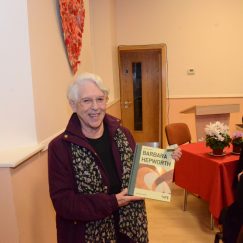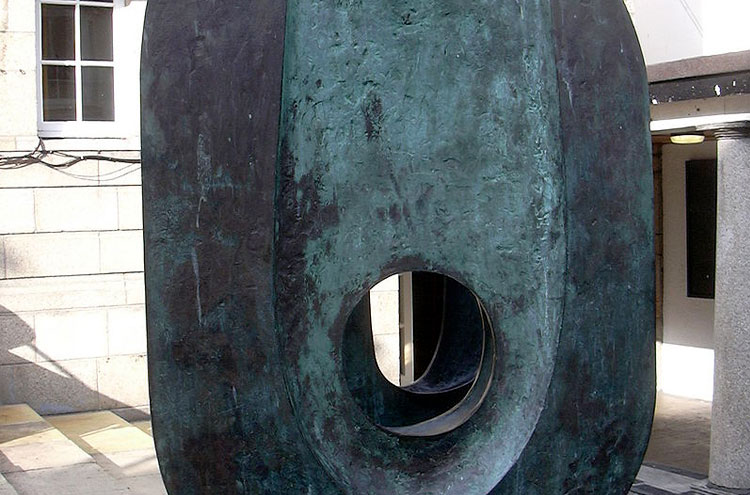
Barbara Hepworth and Henry Moore
Wednesday 4 February 2015 at 2.00 pm
Gerald Deslandes
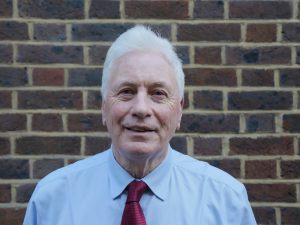 Gerald holds an MA in Art History from both Cambridge University and the Courtauld Institute, and has lectured on more than a hundred different cultural topics since 2010, including Modernism; 20th Century British Art and the influence of non-European art on western painting. He is a course tutor at the Open College of the Arts and teaches modules in art history and visual studies. He also organises study days in galleries for students, most recently at Tate Britain, Tate Liverpool, the Laing Art Gallery, FACT, Pallant House, the Ben Uri Art Gallery and Manchester Art Gallery, as well as cultural tours for groups in the UK and Europe. Gerald has given a five week course about Leonardo for MOSI and has lectured to homeless people about the way that Manchester has represented itself through public art. He has worked as Director of Newlyn Art Gallery, Cornwall; Director of the St Paul’s Gallery, Leeds; Exhibitions Director of Cornerhouse, Manchester and Keeper of Art at Dundee Art Gallery. Gerald has organised shows by then-emerging UK artists, such as Antony Gormley, Andy Goldsworthy and Damien Hirst, in addition to exhibitions by visiting artists such as Cildo Meirelles, Thomas Ruff, Annete Messager and Antonio Muntadas. He has organised historical and thematic shows about domestic architecture, the cinema, anthropology and design.
Gerald holds an MA in Art History from both Cambridge University and the Courtauld Institute, and has lectured on more than a hundred different cultural topics since 2010, including Modernism; 20th Century British Art and the influence of non-European art on western painting. He is a course tutor at the Open College of the Arts and teaches modules in art history and visual studies. He also organises study days in galleries for students, most recently at Tate Britain, Tate Liverpool, the Laing Art Gallery, FACT, Pallant House, the Ben Uri Art Gallery and Manchester Art Gallery, as well as cultural tours for groups in the UK and Europe. Gerald has given a five week course about Leonardo for MOSI and has lectured to homeless people about the way that Manchester has represented itself through public art. He has worked as Director of Newlyn Art Gallery, Cornwall; Director of the St Paul’s Gallery, Leeds; Exhibitions Director of Cornerhouse, Manchester and Keeper of Art at Dundee Art Gallery. Gerald has organised shows by then-emerging UK artists, such as Antony Gormley, Andy Goldsworthy and Damien Hirst, in addition to exhibitions by visiting artists such as Cildo Meirelles, Thomas Ruff, Annete Messager and Antonio Muntadas. He has organised historical and thematic shows about domestic architecture, the cinema, anthropology and design.
The lecture will describe six similarities and eight differences in the work of Barbara Hepworth and Henry Moore. It will examine their early debt to Jacob Epstein and Gaudier Brzeska, the influence of Surrealism and Constructivism and their interest in archaeology and in siting sculpture out of doors. It will explore their approach to the themes of the mother and child, the mask and the reclining figure. It will also explain the new opportunities that they enjoyed after 1945 through establishment of the Arts Council and the British Council.
Among the differences that it will discuss will be the monumentality of Moore’s work and the lightness and elegance of Hepworth’s sculpture. It will explore their approach to movement, continuity and surface qualities and compare Moore’s martial sculptures to Hepworth’s preoccupation with the sea. It will also explain how Moore’s interest in primitive art inspired a sober and fragmented quality, which is in contrast to Hepworth’s sense of Apollonian wholeness.
Click on Gerald’s website to find out more about his lectures and to read his blog.
The lecture notes leaflet can be downloaded here
Below are photos of this lecture and the AGM
- AGM 2014
- AGM 2014
- Information on the Blackpool Museum Project
- Information on the Blackpool Museum Project
- Information boards
- Lecturer Gerald Deslandes
- Raffle winner

